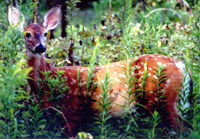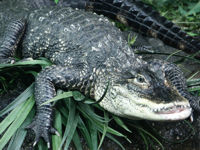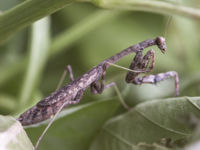Wildlife Photography: Introduction
Wildlife photography is the romanticized arena of photography. There seems to be a popular myth that the wildlife photographer is a great adventurer that chases down his subject in the thickest and most barbaric wilds. While this is certainly the case for some wildlife photographers on the cutting edge of National Geographics expeditions, for most wildlife photographers the reality is that it’s mostly about patience.
It takes a lot of dedication to be a wildlife photographer. While you can go out into the woods and randomly get nice wildlife shots, you’ll need to do a lot more to get a collection of the less common denizens of the wilds. A wildlife photographer is forced to study the habits and life of his subject, as well as their environments, to get a full picture of the animal in question. And with all that, there is a lot of waiting, and a lot of frustration, since you never know if or when a wild animal will come or go.
The best friend of a wildlife photographer is a powerful telephoto lense. 600mm is ideal for birds. For larger animals, you can make out with a 300mm, but you will still have to learn stealth to get decent shots. Traditional wildlife photographers stuck with slide film. Some of the most vivid wildlife images have come from 25-64 ISO slide film. The digital photographer will want to use the lowest possible ISO setting as he can get away with so as to ensure high detail in photos.
- Related Topics







